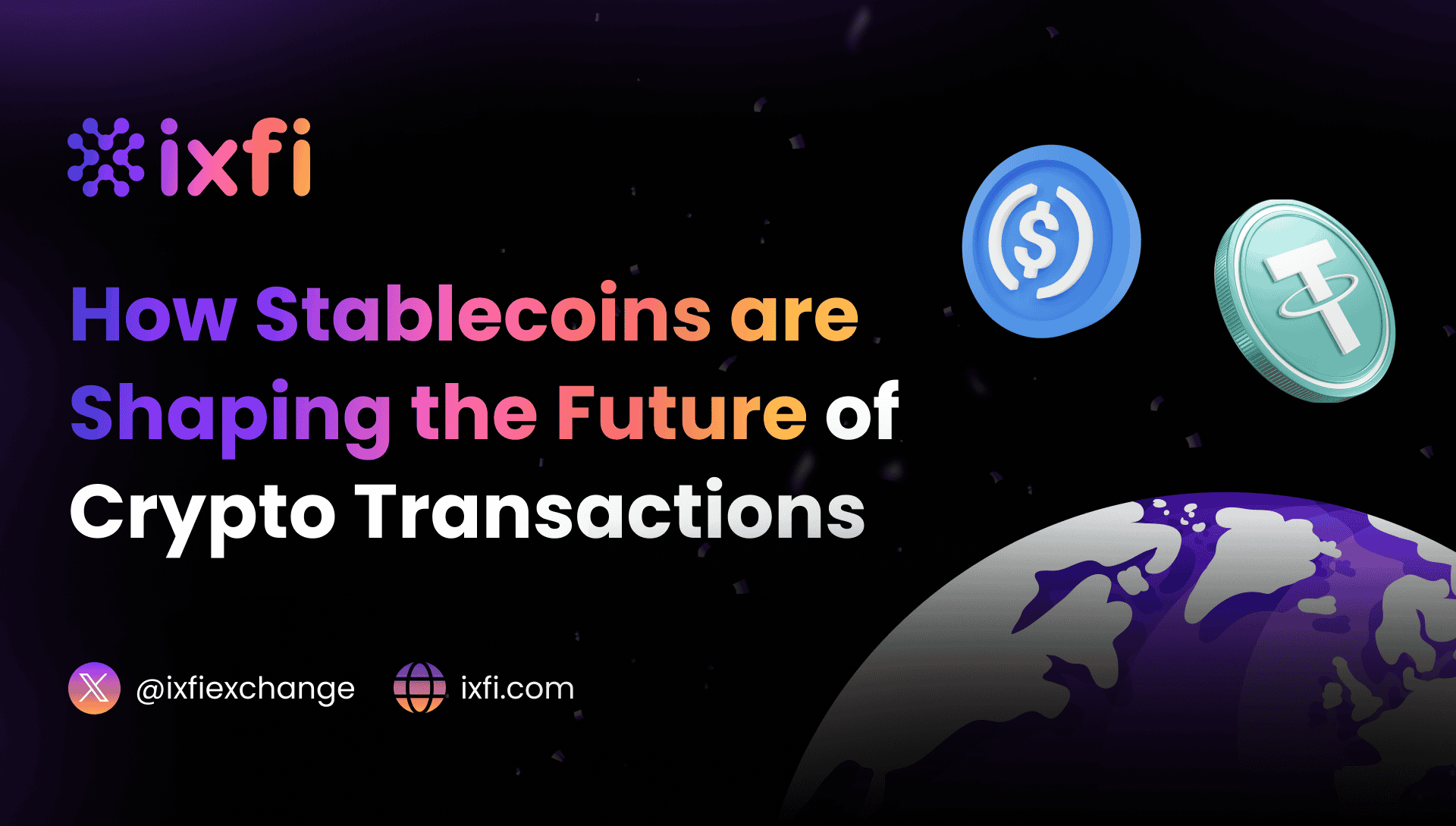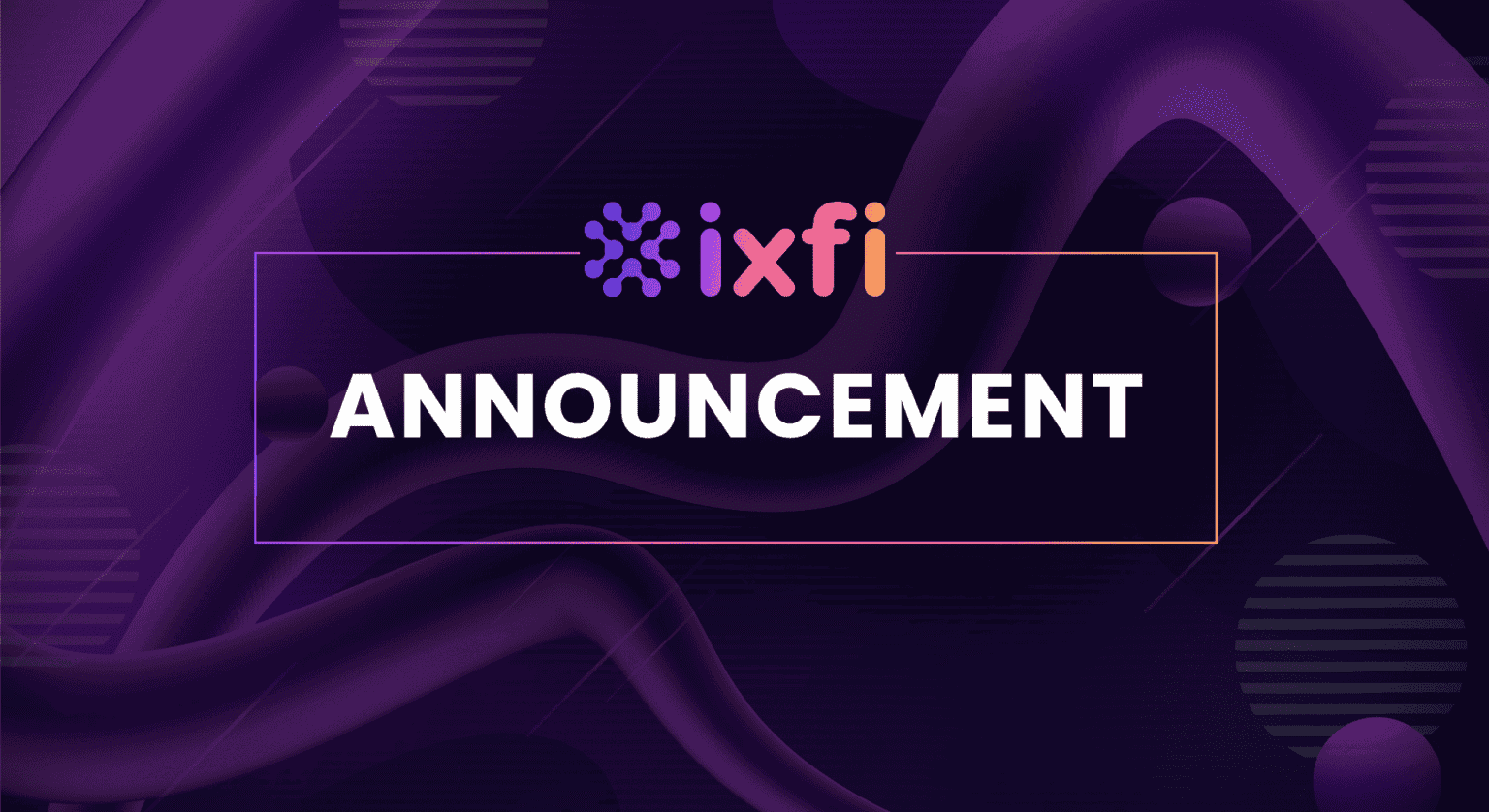In the rapidly evolving world of cryptocurrency, stablecoins have become essential in integrating traditional finance with digital assets. By offering stability in a volatile market, stablecoins like USDT, USDC, FDUSD, and TUSD transform how we conduct crypto transactions.
USDT (Tether)
Tether (USDT) was designed to bridge the volatility of cryptocurrencies by offering a stable asset pegged to the US dollar. It has played a crucial role in providing liquidity in the crypto markets. Tether is issued by Tether Limited, which claims each token is backed by equivalent assets held in reserve, including cash, cash equivalents, and other assets and receivables from loans made by Tether to third parties, which may include affiliated entities. Due to its stability and liquidity, Tether is widely used in trading and transactions, maintaining its position as the top stablecoin by market cap.
• Market capitalization: Approximately $114 billion as of July 2024.
• Use cases: Predominantly used for trading, payments, and as a store of value.
• Advantages: High liquidity and widespread acceptance across exchanges.
• Challenges: Faces regulatory scrutiny and questions about reserve transparency.
USDT was designed to bridge the volatility of cryptocurrencies by offering a stable asset pegged to the US dollar. It has played a crucial role in providing liquidity in the crypto markets. Due to its stability and liquidity, Tether is widely used in trading and transactions, maintaining its position as the top stablecoin by market cap.
USDC (USD Coin)
Launched in 2018 by Circle and Coinbase, USD Coin (USDC) is a fully collateralized stablecoin pegged to the US dollar. Each USDC is backed by a dollar held in reserve, ensuring full transparency and regulatory compliance.
• Market capitalization: Around $34 billion as of July 2024.
• MiCA compliance: Recently became MiCA-compliant, marking it the first major regulated stablecoin in the European Economic Area (EEA).
• Impact of MiCA compliance: Enhances regulatory clarity, stability, and adoption across Europe.
• Use cases: Utilized for payments, lending, and as a base currency for trading pairs.
• Advantages: High regulatory standards and audited reserves.
• Challenges: Faces a competitive market and potential centralization concerns.
USDC was developed to provide a trusted and transparent stablecoin option in the market. It is managed by the Centre Consortium, founded by Circle and Coinbase. Known for its regulatory compliance and transparency, USDC has gained significant traction among institutional and retail investors.
FDUSD
Introduced in 2022, FDUSD aims to provide a secure and transparent stablecoin option. Issued by a consortium of financial institutions, FDUSD focuses on compliance and transparency.
• Market capitalization: Approximately $2 billion as of July 2024.
• Use cases: Primarily used within DeFi applications and for cross-border payments.
• Advantages: Emphasizes compliance and transparency, backed by fiat reserves.
• Challenges: Lower adoption compared to USDT and USDC but gaining traction.
FDUSD was created to address the need for a stablecoin that prioritizes security and regulatory compliance. It has gradually gained acceptance in the crypto community. While still growing in adoption, FDUSD is recognized for its strong compliance framework, making it a preferred choice for certain institutional investors.
TUSD (TrueUSD)
Launched in 2018, TrueUSD (TUSD) is another significant player in the stablecoin market. It was the first stablecoin to offer real-time audits of its fiat reserves.
• Market capitalization: Around $0.5 billion as of July 2024.
• Use cases: Commonly used for trading and payments.
• Advantages: Regularly audited and transparent reserves.
• Challenges: Faces competition from other well-established stablecoins.
TrustToken developed TUSD to provide a stablecoin with transparent and regular auditing practices. It aims to build trust through transparency. TUSD is appreciated for its audited reserves and transparency, making it a reliable option for traders and businesses.
The role of Stablecoins in future crypto transactions
Stability and trust: Stablecoins mitigate the inherent volatility of the crypto market, fostering trust among users and investors.
Financial inclusion: They are crucial in providing financial services to unbanked populations by enabling easy access to digital finance.
DeFi integration: Stablecoins are the backbone of DeFi platforms, facilitating lending, borrowing, and earning interest.
Cross-border transactions: They simplify international transactions with minimal fees and instant transfers.
Conclusion
Stablecoins like USDT, USDC, FDUSD, and TUSD are becoming indispensable in the crypto landscape. They offer stability and trust and broaden access to financial services. As the market continues to evolve, these digital assets are poised to play an even more significant role in shaping the future of global finance.
Follow us on X (Twitter) to stay informed about the latest trends and updates in the cryptocurrency market. Don’t miss out on the future of digital asset investments.


